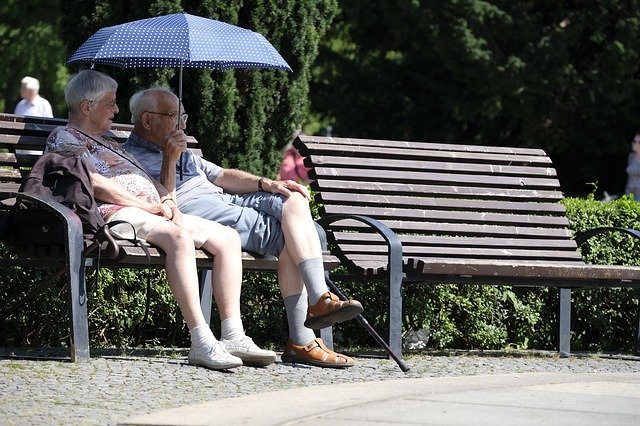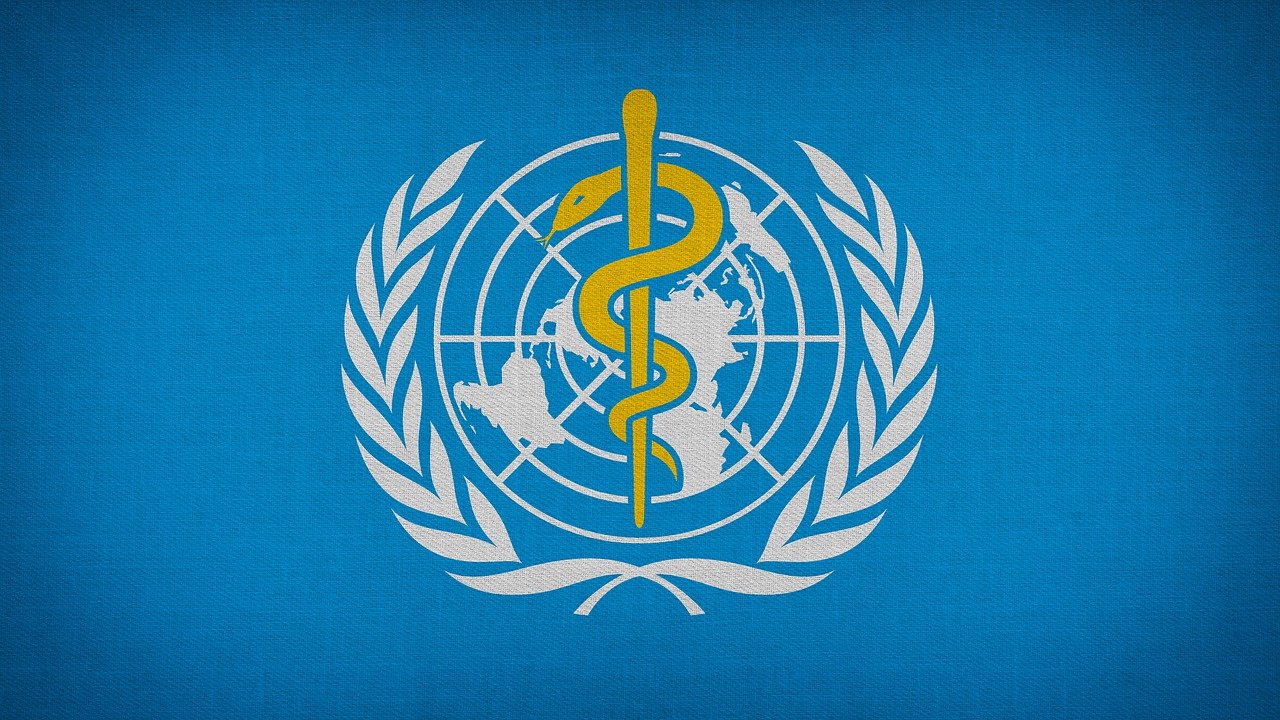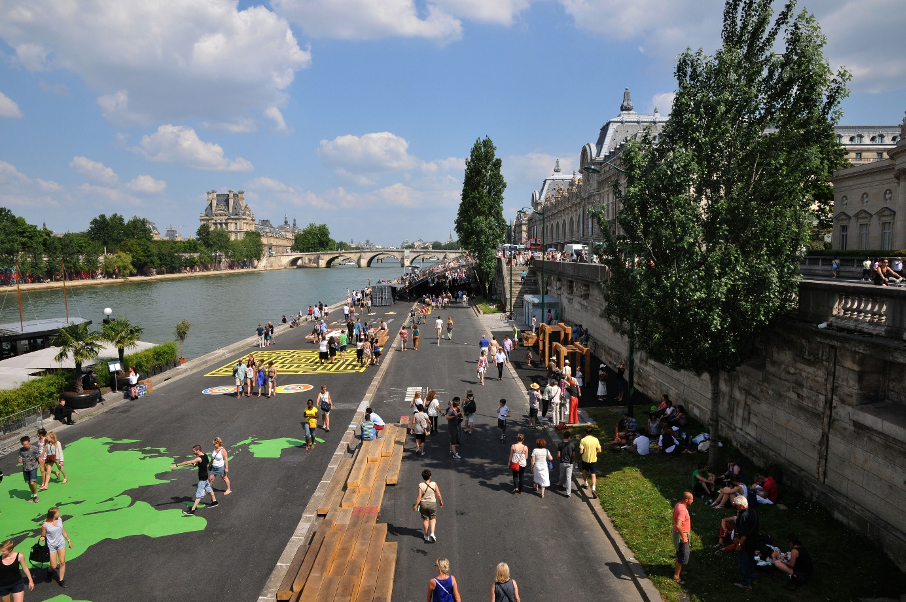

Zoé Vaillant: health inequalities are rooted in local areas
As part of its work on cities which generate health, La Fabrique de la Cité invited researcher Zoé Vaillant, geographer at the Laboratory of Social Dynamics and Spatial Reconstruction (LADYSS) and lecturer at the Paris Nanterre University, to discuss the connections between health dynamics and local areas. A specialist of socio-spatial inequalities in France, Zoé Vaillant presented the findings of her research on the processes that produce social inequalities in health related to the development of urban areas.
LFDLC: As a researcher in the geography of health, you have worked on cities in particular: is there a specific reason for this?
Urban development is a universal and global phenomenon. Since 2007, the number of people living in urban areas has exceeded that of people living in rural areas around the world. In 2050, there will be 9 billion people on Earth. This demographic growth comes with a related urban development of local areas and populations, which are now mainly concentrated in towns and cities.
Even though it is universal, the urban reality is, however, a disparate and differentiated phenomenon. Despite the common features of its different forms, such as density (the concentration of people, activities and wealth in a relatively restricted area) or diversity, there are many disparities between cities and within a single city. Poor areas can be found in rich cities and the opposite is true. There is an extensive patchwork of possible situations.
LFDLC: Can health trends be linked to the urban reality? Is there a specifically urban type of health?
One way of answering this question is to look at the differences in life expectancy between the various types of municipality in France, ranked according to population. In our research, we used life expectancy as a key indicator as it reflects the full exposure of a population to risks throughout the individuals’ lives.
Our findings demonstrate a lack of meaningful variations in life expectancy according to the size of the city; at most we can see differences between the extremes, with life expectancy being on average two years higher in municipalities belonging to the Paris urban area (81.66 years) than in municipalities belonging to an urban area with less than 15,000 inhabitants (79.58 years).
However, these statistical averages conceal differences that must be studied through spatialization and mapping. We have observed that it is not really the size of the city that is important but rather its hierarchical position in its urban network. Three factors support this analysis.
First of all, the major cities leading regional urban networks (Lyon, Nantes, Bordeaux, etc.) generally enjoy higher life expectancies. Then, within a network polarised by a major city, there is a significant gap between the city and the small municipalities on its outskirts; the differences in life expectancy can even reach ten years in extreme cases. Lastly, the cultural and historical differences between French regions are reflected in the differences in health levels. There are specific features, particularly in Northern and North-East France, two regions which have particular cultures, where life expectancies are similar. They are shorter than in the rest of France, regardless of the size of the municipality studied.
There is no strict relationship between city size and level of health.
We also studied infra-metropolitan health inequalities by observing the differences in the standardized mortality ratio[i]. On the outskirts of the Parisian basin, this ratio indicates high death rates when compared to the rate for the Île-de-France region, while there is a low mortality rate in the centre of Paris and in the Western suburbs. The health inequalities therefore reflect socio-residential divides. They refer to a set of political and urban development decisions within an urban area and question the policies in all sectors. Therefore, there is no urban determinism strictly speaking: the shape and size of a city does not have a direct influence on its populations’ health.
LFDLC: Must the spatial factors of health inequalities be sought elsewhere?
The inequalities are caused by a wide range of factors produced and developed locally. These factors follow different paths within each urban area.
The health of individuals and groups is not only measured in biomedical terms, the exposure to a polluted physical environment or intrinsic individual characteristics (such as genetic or family heritage) but is also rooted in many different spheres; like successive onion skins that stick together, in which each health factor (systems, living environments, individual characteristics) acts in a space and develops over time, throughout a person’s life. It is the combination of these different factors that interests us if we are to understand the process of differential exposure to risks. The study of local area planning is a means of understanding the factors behind health inequalities.
If we observe greater inequalities in major cities, this is because of the area’s planning processes over time which, in these large urban areas, have a greater influence on health inequalities.
LFDLC: Do you have any practical examples of local productions of health inequalities?
The town of Trappes, located in the outer suburbs of Paris, is an interesting example of a local production of health inequalities. We studied this working-class town with 30,000 inhabitants, made up mostly of railway workers and immigrant workers. Our work focused on breast cancer screening: this disease is the leading cause of female mortality in France although it can be treated; screening is therefore very important. The State set up a system through which women receive letters inviting them to have a mammogram free of charge. In reviewing the screening participation rates, we noted spatial disparities between districts in screening participation. By observing social profiles, we saw that the two most underprivileged districts have diametrically opposite results. Jean Macé has a low participation rate, unlike the Les Merisiers district. This means that the socio-economic profile alone does not explain the disparities.
By observing the town’s morphology, we learned that the district with the lowest participation rate, Jean Macé, is separated from the rest of the town by the railway and a trunk road. It is surrounded by major urban divides and can only be accessed by crossing a dismal tunnel or a small bridge: there is an effect of physical isolation. Conversely, Les Merisiers is located near the town centre.
The district’s distance from health services emerged as a key factor: there is only one pharmacy in the isolated district of Jean Macé. Proximity to health services is also a question of inhabitants’ perceptions. Jean Macé is considered by inhabitants to be less accessible to health services and government programmes from the outside due to the low number of associations and resident links within the district. The mammogram screening programme was more effective and received more positive feedback in Les Merisiers, where associations are more dynamic. The dialogue between healthcare professionals, associations and inhabitants is more strongly felt there, which is a real advantage.
The town of Trappes is an example of an accumulation of local elements and social and health vulnerabilities which ultimately explain the differential in exposure to cancer risks. The lack of responsiveness to a screening policy is due to social factors, but also to factors in the local area. It is the construction of the town, over time, which contributes to creating differentiated combinations of key health factors.
Inequalities are always cumulative. When a new information campaign is launched, it is the people able to use the new information or new tools who are most able to change their behaviour. These individuals come from the most privileged classes. A good intention, such as the launch of a prevention campaign, can lead to an increase in health inequalities. A household which is kept at a remove from healthcare is also distanced from new services. Inequalities continue to grow in this way. The physical isolation of the Jean Macé district results in isolation with regard to associations which have an impact on the screening rate.

LFDLC: This means that promoting health involves tackling inequalities in local areas?
The notion of a local area refers to a construct which is a result of how stakeholders, individuals, inhabitants, citizens and the State invest the physical and social space and in return how they will be invested by it. Behind this term, the development of different spaces on different scales is the source of a differentiated risk exposure.
If we consider that local area production may contribute to shaping urban health inequalities, we see that development policies have a predominantly political character. Promoting health with a view to reducing negative risk exposure is therefore not a technical task; it is first and foremost a political act with a focus on local inequality factors.
Working to reduce health inequalities is therefore a political and ideological choice; what is at stake is democracy and the exercise of power. It is, however, possible to believe that health inequalities are not a priority.
LFDLC: Do you believe that the production of knowledge on the factors of these inequalities is a major public health challenge?
Power is based on politics, but also on knowledge. Conducting a policy to reduce inequalities requires a certain level of expertise. Data collection and analytical skills are important. Surveys and research must be leveraged when considering the framework for knowledge production. Which stakeholders will use the data and analyse it?
We believe that jointly producing knowledge is essential as it questions the way we work. There are a variety of possible types of knowledge co-production. Cooperation, transparency and participation between stakeholders are key with a view to understanding local health dynamics.
Working to reduce health inequalities in a local area is a political choice. Democracy is at stake.
[i] Definition of the standardized mortality index of the French national statistical agency, Insee: the standardized mortality index is calculated, for a given group, as the ratio between the number of deaths recorded over a given period and the number of deaths that would have occurred over the same period if this group had been subject to the age-specific mortality of the entire population. A ratio greater than 1 is considered to be excessive mortality in the group.
Find this publication in the project:
These other publications may also be of interest to you:
La Fabrique de la Cité
La Fabrique de la Cité is a think tank dedicated to urban foresight, created by the VINCI group, its sponsor, in 2010. La Fabrique de la Cité acts as a forum where urban stakeholders, whether French or international, collaborate to bring forth new ways of building and rebuilding cities.



































